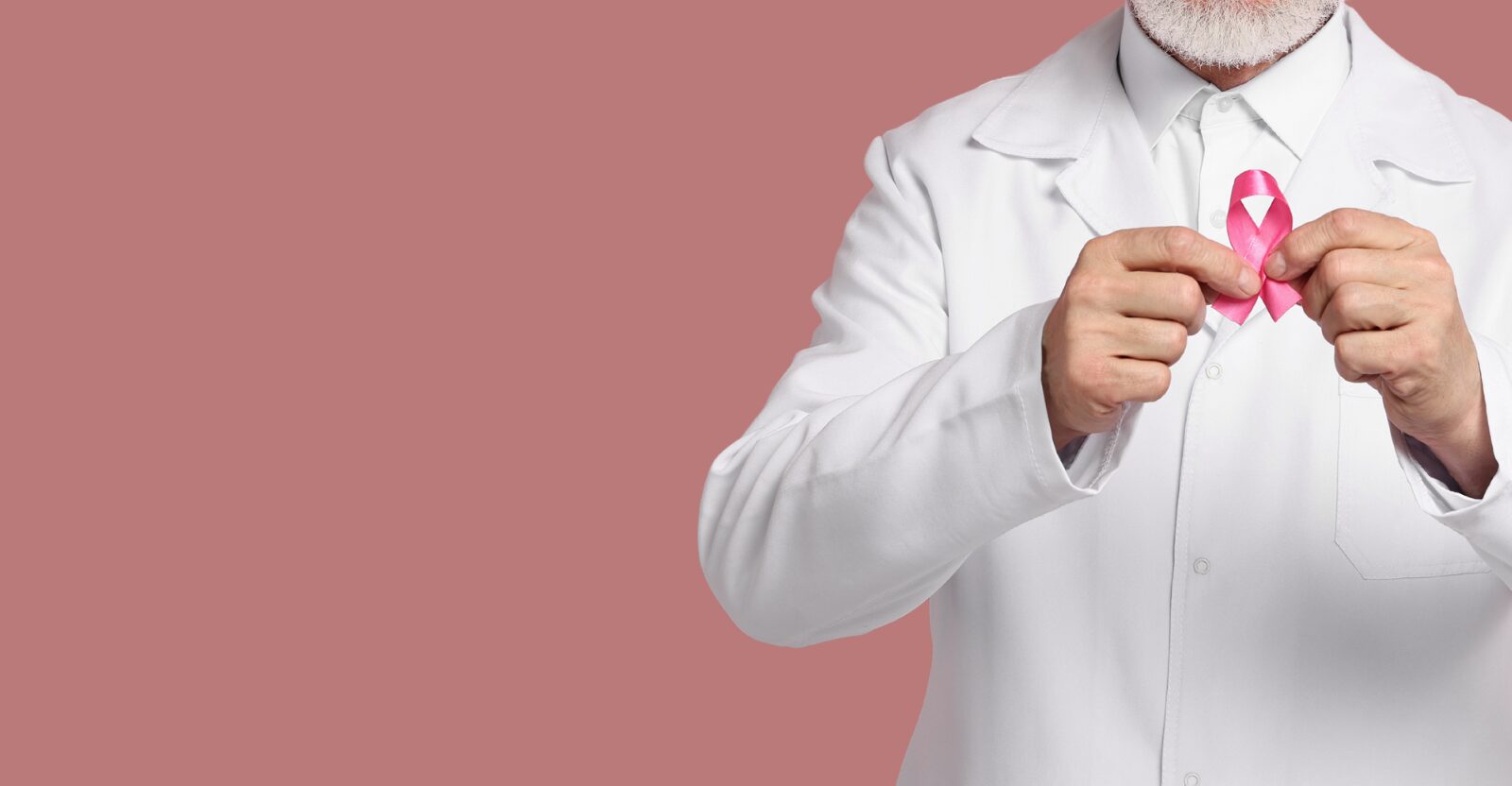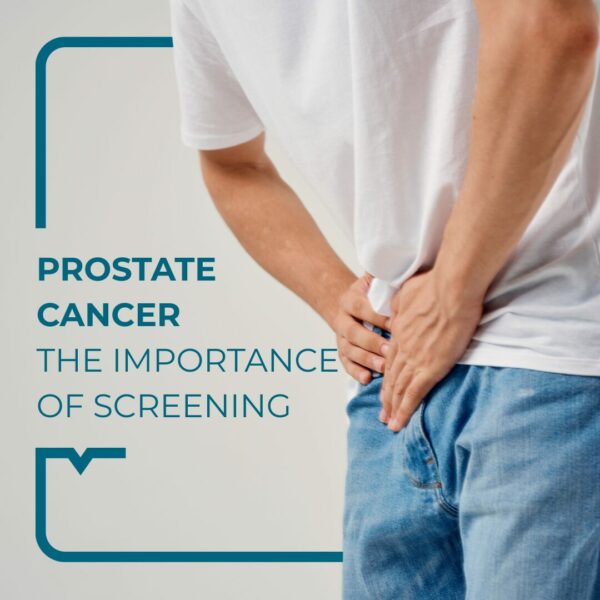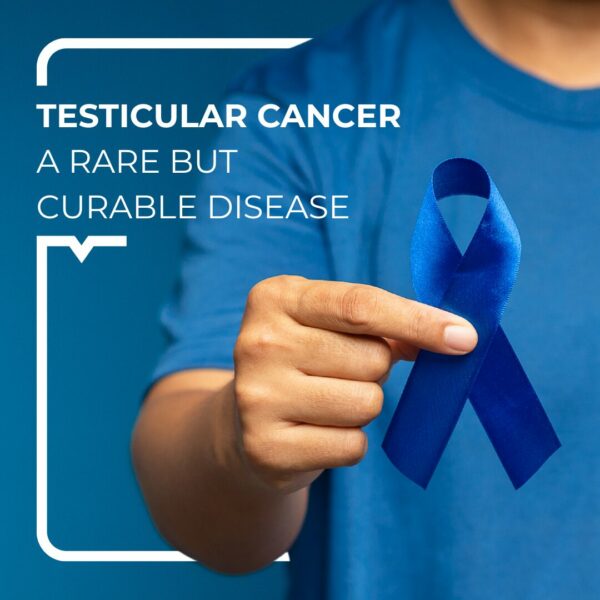Miguel, aged 65, notices a painless lump in his chest. He hesitates to consult a doctor, wondering whether such a condition, usually associated with women, could really affect him. Yet, he soon learns that this disease, although rare, also occurs in men.
So, what exactly is male breast cancer? What are its risk factors, and how is it managed?
Hello, I’m Dr Joy!
In this article, we will explore the specifics of male breast cancer, clarifying its rarity, detailing the warning signs, and reviewing the available treatment options.
I – What is male breast cancer?
Just like women, men have breast tissue (mammary glands or remnants) from which cancer can develop.
Male breast cancer is rare. It accounts for less than 1% of all breast cancer cases. The disease affects about 1 in 934 men, compared with 1 in 8 women.
Breast cancer develops in men in the same way as in women. The most common type is ductal carcinoma, usually invasive. Most medical knowledge about the disease applies to both sexes, particularly regarding development, diagnosis, and treatment. However, some distinctions exist, often due to biological differences.
II – Risk factors
The causes are not fully understood, but several factors increase risk:
- Advancing age: risk rises with age, typically affecting men over 60.
- Family history: higher risk if close relatives have had breast or ovarian cancer. About 1 in 5 men with breast cancer has a close relative affected.
- Inherited genetic mutations: carrying BRCA2, BRCA1 or PALB2 mutations raises risk. BRCA2 mutations are especially linked to male breast cancer (about 15% of cases).
- Klinefelter syndrome: a rare genetic condition with at least two X chromosomes and one Y. Affected men have lower androgen and higher oestrogen levels, raising risk by 20–60 times.
- Hormonal imbalances: hyperoestrogenism.
- Obesity: fat tissue converts androgens into oestrogens, increasing risk.
- Severe liver disease (e.g. cirrhosis): disrupts regulation of sex hormones, leading to raised oestrogen and reduced androgens.
- Hormone treatments: therapies raising oestrogen or lowering androgens (e.g. prostate cancer treatment).
- Gynaecomastia: abnormal breast tissue growth, often linked to hormonal imbalance.
- Other factors: prior chest radiotherapy, heavy alcohol consumption, or testicular disorders (cryptorchidism, orchidectomy, mumps complications in adulthood).
III – Warning signs and symptoms
Male breast cancer may progress silently at first. Early diagnosis is crucial, as late detection worsens prognosis.
Signs and symptoms include:
- Painless lump in the chest (often near or under the nipple).
- Nipple discharge or bleeding.
- Recent nipple retraction (turning inwards).
- Pain or swelling in the chest.
- Skin or nipple changes (crusting, scaling, persistent eczema or ulceration).
- Enlarged lymph nodes (armpit or collarbone).
IV – Diagnosis and treatment
Diagnosis: Unlike female breast cancer, there is no organised screening for men, due to its rarity. Men are usually diagnosed after noticing a change themselves. The diagnostic process is the same as for women: clinical examination, mammography (gold standard), ultrasound, and biopsy.
Treatment: Care is tailored to the type of cancer and the patient’s overall health. Management is often similar to that for postmenopausal women.
- Surgery: the most common option (modified radical mastectomy or lumpectomy, often with axillary lymph node removal).
- Hormone therapy: widely used, as most male breast cancers are hormone-receptor positive (ER/PR+). Tamoxifen is the most common drug.
- Orchidectomy can also be considered.
- Chemotherapy: considered if the cancer has spread to lymph nodes or if recurrence risk is high.
- Adjuvant radiotherapy: often given after surgery to kill remaining cancer cells and lower recurrence risk.
- Targeted therapies: e.g. trastuzumab for HER2-positive cancers, or palbociclib for advanced disease.
Although survival rates have greatly improved, prognosis may still be more challenging due to later diagnosis.
Being alert to symptoms and seeking medical advice promptly remain the key factors for the best possible outcome.
This information is not a substitute for medical advice.
You must seek the advice of your doctor or another qualified health professional with any questions you may have regarding your health condition.
Sources:



